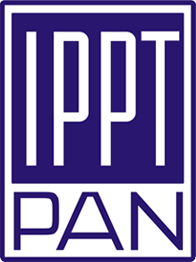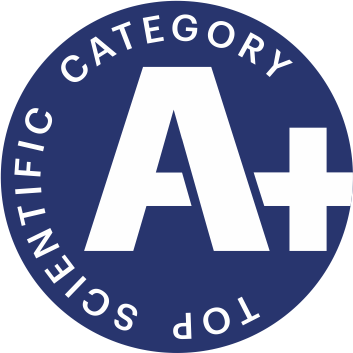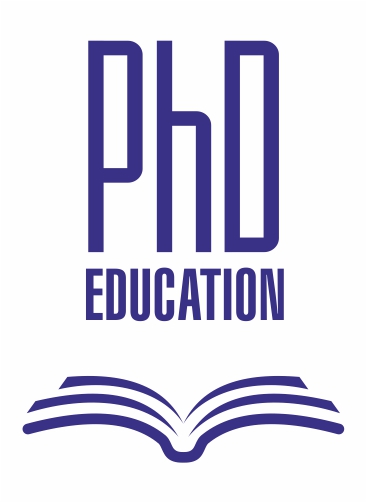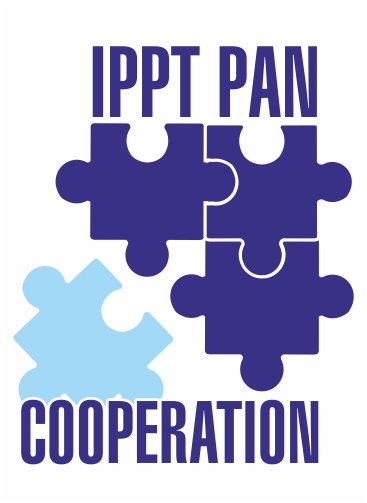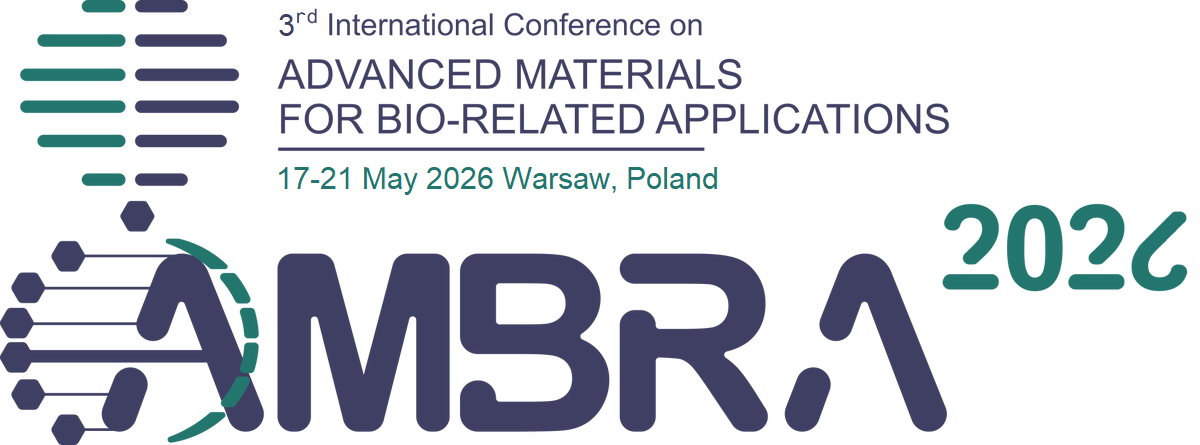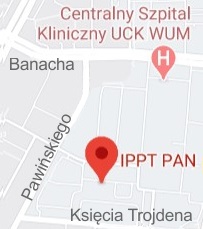| 1. |
Zargarian Seyed S., Rinoldi C., Ziai Y., Zakrzewska A., Fiorelli R., Gazińska M.♦, Marinelli M.♦, Majkowska M.♦, Hottowy P.♦, Mindur B.♦, Czajkowski R.♦, Kublik E.♦, Nakielski P., Lanzi M.♦, Kaczmarek L.♦, Pierini F., Chronic Probing of Deep Brain Neuronal Activity Using Nanofibrous Smart Conducting Hydrogel-Based Brain–Machine Interface Probes,
Small Science, ISSN: 2688-4046, DOI: 10.1002/smsc.202400463, Vol.5, No.5, pp.2400463-1-19, 2025 Abstract:
The mechanical mismatch between microelectrode of brain–machine interfaces (BMIs) and soft brain tissue during electrophysiological investigations leads to inflammation, glial scarring, and compromising performance. Herein, a nanostructured, stimuli-responsive, conductive, and semi-interpenetrating polymer network hydrogel-based coated BMIs probe is introduced. The system interface is composed of a cross-linkable poly(N-isopropylacrylamide)-based copolymer and regioregular poly[3-(6-methoxyhexyl)thiophene] fabricated via electrospinning and integrated into a neural probe. The coating's nanofibrous architecture offers a rapid swelling response and faster shape recovery compared to bulk hydrogels. Moreover, the smart coating becomes more conductive at physiological temperatures, which improves signal transmission efficiency and enhances its stability during chronic use. Indeed, detecting acute neuronal deep brain signals in a mouse model demonstrates that the developed probe can record high-quality signals and action potentials, favorably modulating impedance and capacitance. Evaluation of in vivo neuronal activity and biocompatibility in chronic configuration shows the successful recording of deep brain signals and a lack of substantial inflammatory response in the long-term. The development of conducting fibrous hydrogel bio-interface demonstrates its potential to overcome the limitations of current neural probes, highlighting its promising properties as a candidate for long-term, high-quality detection of neuronal activities for deep brain applications such as BMIs. Affiliations:
| Zargarian Seyed S. | - | IPPT PAN | | Rinoldi C. | - | IPPT PAN | | Ziai Y. | - | IPPT PAN | | Zakrzewska A. | - | IPPT PAN | | Fiorelli R. | - | IPPT PAN | | Gazińska M. | - | other affiliation | | Marinelli M. | - | other affiliation | | Majkowska M. | - | other affiliation | | Hottowy P. | - | other affiliation | | Mindur B. | - | other affiliation | | Czajkowski R. | - | other affiliation | | Kublik E. | - | other affiliation | | Nakielski P. | - | IPPT PAN | | Lanzi M. | - | University of Bologna (IT) | | Kaczmarek L. | - | other affiliation | | Pierini F. | - | IPPT PAN |
| 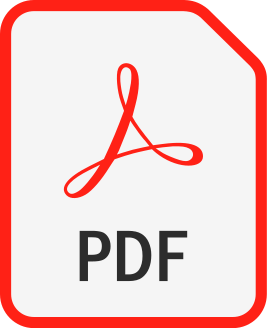 |
| 2. |
Rinoldi C., Ziai Y., Zargarian S.S., Nakielski P., Zembrzycki K., Haghighat Bayan M.A., Zakrzewska A., Fiorelli R., Lanzi M.♦, Kostrzewska-Księżyk A.♦, Czajkowski R.♦, Kublik E.♦, Kaczmarek L.♦, Pierini F., In Vivo Chronic Brain Cortex Signal Recording Based on a Soft Conductive Hydrogel Biointerface,
ACS Applied Materials and Interfaces, ISSN: 1944-8244, DOI: 10.1021/acsami.2c17025, Vol.15, No.5, pp.6283-6296, 2023 Abstract:
In neuroscience, the acquisition of neural signals from the brain cortex is crucial to analyze brain processes, detect neurological disorders, and offer therapeutic brain–computer interfaces. The design of neural interfaces conformable to the brain tissue is one of today’s major challenges since the insufficient biocompatibility of those systems provokes a fibrotic encapsulation response, leading to an inaccurate signal recording and tissue damage precluding long-term/permanent implants. The design and production of a novel soft neural biointerface made of polyacrylamide hydrogels loaded with plasmonic silver nanocubes are reported herein. Hydrogels are surrounded by a silicon-based template as a supporting element for guaranteeing an intimate neural-hydrogel contact while making possible stable recordings from specific sites in the brain cortex. The nanostructured hydrogels show superior electroconductivity while mimicking the mechanical characteristics of the brain tissue. Furthermore, in vitro biological tests performed by culturing neural progenitor cells demonstrate the biocompatibility of hydrogels along with neuronal differentiation. In vivo chronic neuroinflammation tests on a mouse model show no adverse immune response toward the nanostructured hydrogel-based neural interface. Additionally, electrocorticography acquisitions indicate that the proposed platform permits long-term efficient recordings of neural signals, revealing the suitability of the system as a chronic neural biointerface. Keywords:
brain−machine interface,conductive hydrogels,nanostructured biomaterials,in vitro and in vivo biocompatibility,long-term neural recording Affiliations:
| Rinoldi C. | - | IPPT PAN | | Ziai Y. | - | IPPT PAN | | Zargarian S.S. | - | IPPT PAN | | Nakielski P. | - | IPPT PAN | | Zembrzycki K. | - | IPPT PAN | | Haghighat Bayan M.A. | - | IPPT PAN | | Zakrzewska A. | - | IPPT PAN | | Fiorelli R. | - | IPPT PAN | | Lanzi M. | - | University of Bologna (IT) | | Kostrzewska-Księżyk A. | - | other affiliation | | Czajkowski R. | - | other affiliation | | Kublik E. | - | other affiliation | | Kaczmarek L. | - | other affiliation | | Pierini F. | - | IPPT PAN |
| 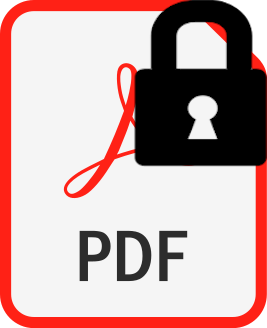 |
| 3. |
Rinoldi C., Lanzi M.♦, Fiorelli R.♦, Nakielski P., Zembrzycki K., Kowalewski T., Urbanek O., Jezierska-Woźniak K.♦, Maksymowicz W.♦, Camposeo A.♦, Bilewicz R.♦, Pisignano D.♦, Sanai N.♦, Pierini F., Pierini F., Three-dimensional printable conductive semi-interpenetrating polymer network hydrogel for neural tissue applications,
BIOMACROMOLECULES, ISSN: 1525-7797, DOI: 10.1021/acs.biomac.1c00524, Vol.22, No.7, pp.3084-3098, 2021 Abstract:
Intrinsically conducting polymers (ICPs) are widely used to fabricate biomaterials; their application in neural tissue engineering, however, is severely limited because of their hydrophobicity and insufficient mechanical properties. For these reasons, soft conductive polymer hydrogels (CPHs) are recently developed, resulting in a water-based system with tissue-like mechanical, biological, and electrical properties. The strategy of incorporating ICPs as a conductive component into CPHs is recently explored by synthesizing the hydrogel around ICP chains, thus forming a semi-interpenetrating polymer network (semi-IPN). In this work, a novel conductive semi-IPN hydrogel is designed and synthesized. The hybrid hydrogel is based on a poly(N-isopropylacrylamide-co-N-isopropylmethacrylamide) hydrogel where polythiophene is introduced as an ICP to provide the system with good electrical properties. The fabrication of the hybrid hydrogel in an aqueous medium is made possible by modifying and synthesizing the monomers of polythiophene to ensure water solubility. The morphological, chemical, thermal, electrical, electrochemical, and mechanical properties of semi-IPNs were fully investigated. Additionally, the biological response of neural progenitor cells and mesenchymal stem cells in contact with the conductive semi-IPN was evaluated in terms of neural differentiation and proliferation. Lastly, the potential of the hydrogel solution as a 3D printing ink was evaluated through the 3D laser printing method. The presented results revealed that the proposed 3D printable conductive semi-IPN system is a good candidate as a scaffold for neural tissue applications. Affiliations:
| Rinoldi C. | - | IPPT PAN | | Lanzi M. | - | University of Bologna (IT) | | Fiorelli R. | - | other affiliation | | Nakielski P. | - | IPPT PAN | | Zembrzycki K. | - | IPPT PAN | | Kowalewski T. | - | IPPT PAN | | Grippo V. | - | other affiliation | | Urbanek O. | - | IPPT PAN | | Jezierska-Woźniak K. | - | other affiliation | | Maksymowicz W. | - | University of Warmia and Mazury in Olsztyn (PL) | | Camposeo A. | - | other affiliation | | Bilewicz R. | - | other affiliation | | Pisignano D. | - | other affiliation | | Sanai N. | - | other affiliation | | Pierini F. | - | IPPT PAN |
|  |



